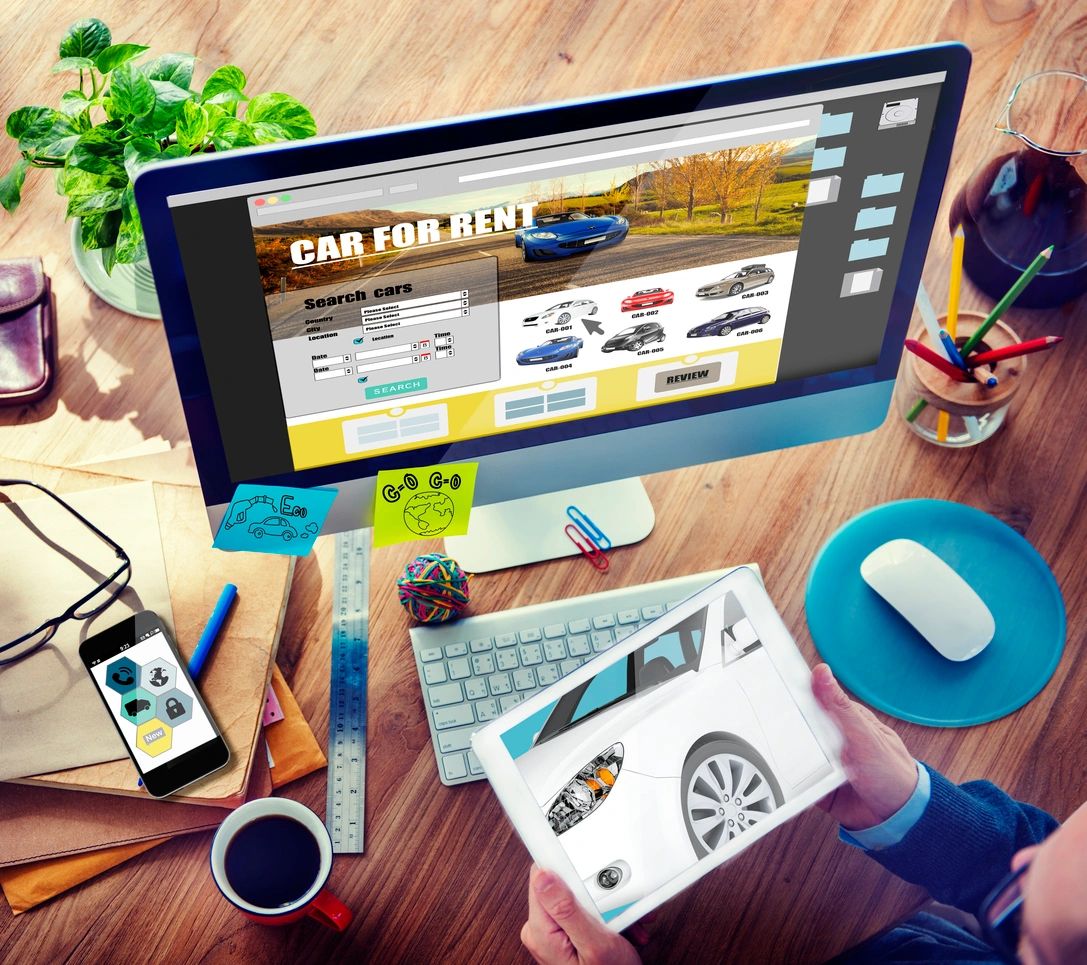Cognitive Biases in UX Design: How to design for User Behavior
In the world of UX design, understanding cognitive biases is crucial for creating interfaces that truly resonate with users and effectively guide their behavior. Cognitive biases are mental shortcuts that people use to make quick decisions, but they often lead to systematic errors. Knowing how these biases work will allow you to design experiences that are not only engaging but also leverage these thought patterns to enhance the effectiveness of your interface.
What Are Cognitive Biases?
Cognitive biases are errors in mental processing that affect users’ decisions and judgments. These biases are based on heuristics—mental shortcuts that simplify decision-making. In the context of UX design, understanding these biases allows you to anticipate how users might interpret and react to different interface elements.
Key Cognitive Biases in UX Design
1. Anchoring Effect
The anchoring effect occurs when people rely too much on the first piece of information they receive (the “anchor”) when making decisions. In UX, you can leverage this bias to guide users toward desired options by strategically placing reference prices or highlighting special offers.
- Example: If your online store first presents a product with a high price, followed by an offer with a reduced price, users are more likely to view the offer as a good opportunity due to the initial high price anchor.
2. Scarcity Effect
The perception that a resource is limited can increase its appeal. By using the scarcity effect in your designs, you can motivate users to make quick decisions.
- Example: Adding a message like “Only 3 units left!” on the product page can create a sense of urgency that encourages users to buy before the stock runs out.
3. Confirmation Bias
Confirmation bias happens when users seek out and favor information that confirms their pre-existing beliefs. In UX design, you can harness this bias by aligning your content with your audience’s expectations and preferences.
- Example: If you know your users value product reviews, make sure to highlight positive testimonials and high ratings to reinforce a favorable perception of the product.
4. Halo Effect
The halo effect is when a positive perception of one aspect of a product or service influences the overall evaluation. You can utilize this bias by highlighting key features or benefits that enhance the overall perception of your interface.
- Example: If an app has an attractive visual design, users are likely to perceive its content and functionality as high quality as well.
5. Familiarity Effect
People tend to prefer what is familiar to them. In UX, using design elements that are common or expected can make users feel more comfortable and secure.
- Example: Implement standard design conventions, such as “Accept” and “Cancel” buttons in familiar locations, to ease navigation and reduce the learning curve for users.
How to Apply These Biases in Your Design
- Conduct User Research: Understand your audience and their behaviors to apply biases effectively.
- Prototype and Test: Create prototypes that incorporate these biases and conduct user testing to assess their impact.
- Iterate Based on Data: Adjust your designs based on test results and user behavior data.
Important Advice
Don’t underestimate the power of cognitive biases in your design. Use these mental shortcuts to guide users effectively and improve the usability of your interface. However, apply these techniques ethically to avoid negatively manipulating users.
Optimize Your Design with Checkealos!
Want to take your UX design to the next level? At Checkealos, we provide tools and resources to apply psychological principles effectively. Subscribe to our blog and stay updated with the best strategies and techniques for optimizing the user experience on your website.
Make your interfaces irresistible and effective today!




